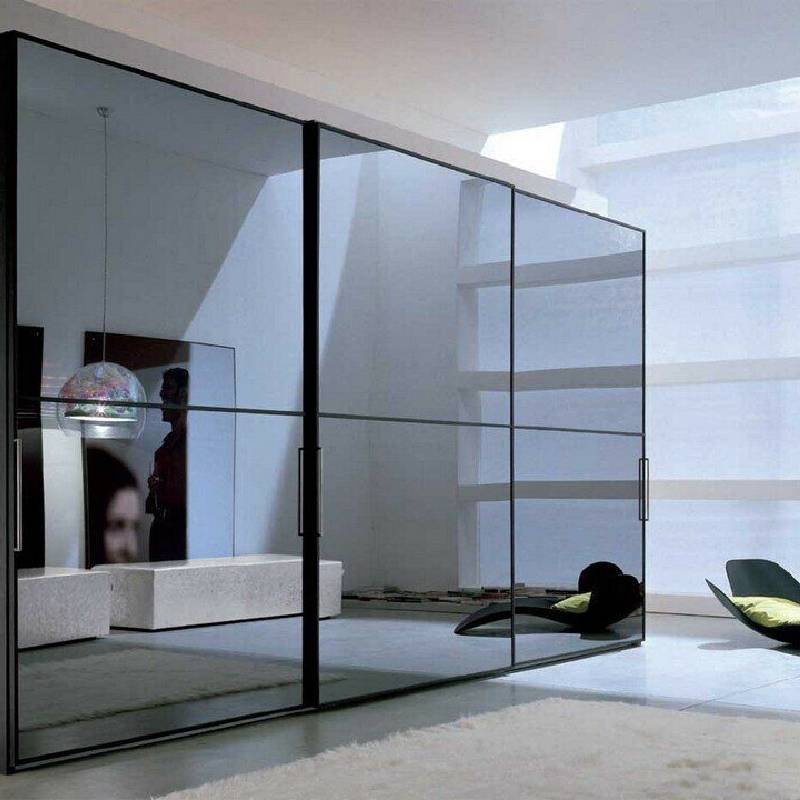

Toughened Float Glass An Overview of Strength and Versatility
Toughened float glass, commonly referred to as tempered glass, represents a significant advancement in glass technology, offering enhanced strength and safety characteristics compared to standard glass. This type of glass undergoes a specialized manufacturing process that involves heating to high temperatures followed by rapid cooling. This procedure alters its internal structure, making it much more resilient and capable of withstanding stress, making it a popular choice in various applications ranging from architectural design to automotive manufacturing.
The Manufacturing Process
The process of making toughened float glass begins with float glass, which is produced by floating molten glass on top of molten tin. This results in a glass surface that is smooth and free of distortion. Once the float glass is formed, it is cut into the desired shapes and sizes before undergoing the toughening process. The glass is heated in a furnace to temperatures exceeding 600 degrees Celsius. This phase of the process ensures that the material is evenly heated, allowing for optimal strengthening. Following this, the glass is rapidly cooled using jets of cool air. This rapid cooling solidifies the surface while the interior remains hot, creating compressive stresses on the surface and tensile stresses within the glass. This unique balance of stresses is what provides toughened float glass its impressive strength and impact resistance.
Applications and Benefits
Toughened float glass is widely utilized in both commercial and residential applications due to its numerous benefits. In architectural design, it is often used for glass facades, skylights, and windows because it can endure tumultuous weather conditions without risking shattering. The enhanced strength also allows for larger glass panels, providing aesthetic appeal without compromising safety.

In the automotive industry, toughened glass is used for side and rear windows. Its ability to withstand high impacts makes it a safer choice; if it does break, it fractures into small, blunt pieces rather than sharp shards, reducing the risk of injury. This safety feature has made it a regulatory requirement in many jurisdictions for certain automotive applications.
Moreover, toughened float glass is also prevalent in the production of shower doors and screens, glass balustrades, and kitchen splashbacks. The resistance to thermal stress and temperature fluctuations is another significant advantage, making it suitable for high-heat environments such as fireplace doors and oven windows.
Advantages Over Standard Glass
The advantages of toughened float glass extend beyond just its strength. It is less prone to thermal breakage since it can resist temperature differences of up to 200 degrees Celsius. Additionally, the manufacturing process imparts a high level of durability, making it resistant to scratches and abrasions. Its aesthetic qualities, including clarity and transparency, also contribute to its popularity; toughened float glass can be manufactured in various finishes and coatings, allowing for customization to suit specific design needs.
Conclusion
In summary, toughened float glass is an exceptional material that combines safety, strength, and aesthetic appeal, making it a preferred choice across a variety of industries. Whether utilized in the design of modern buildings, the production of vehicles, or as a vital component in home interiors, it showcases the remarkable possibilities of glass technology. As advances in manufacturing continue, the applications for toughened float glass are likely to expand further, solidifying its place as an essential material in contemporary design and engineering.